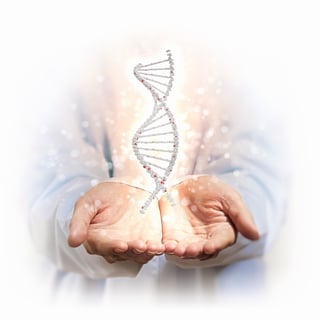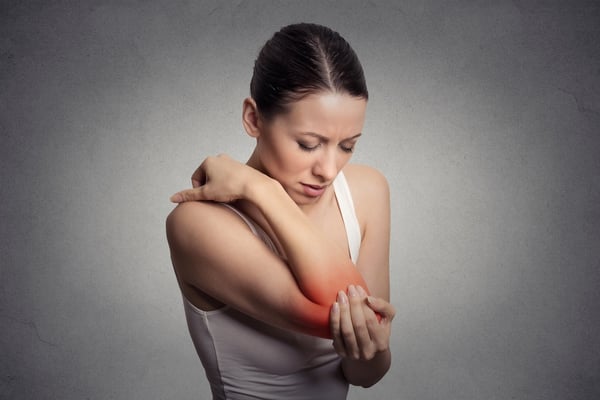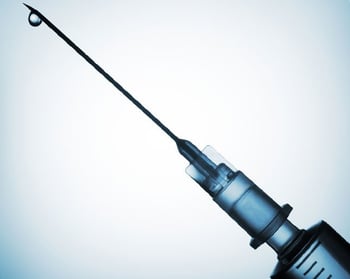The Fountain of Youth Using Stem Cell Injection Therapy

Ever wished that the Fountain of Youth was real? When you suffer from problems like rheumatoid arthritis or other kinds of musculoskeletal conditions, painful joints can leave you dragging like a person much older. Stem cell injection therapy might just restore the bounce in your step.
What is Stem Cell Injection Therapy?
 Stem cells are known as undifferentiated cells, which means they have the capability of developing into many different kinds of cells. A stem cell might become a bone, tissue, or organ cell. What makes them unique is their capacity to self-renew or regenerate. This regenerative capacity can help them repair diseased or damaged tissue. Scientists think stem cells might even be able to regenerate entire new organs.
Stem cells are known as undifferentiated cells, which means they have the capability of developing into many different kinds of cells. A stem cell might become a bone, tissue, or organ cell. What makes them unique is their capacity to self-renew or regenerate. This regenerative capacity can help them repair diseased or damaged tissue. Scientists think stem cells might even be able to regenerate entire new organs.
This self-renewing capability is what makes stem cells so promising in the field of orthopedics, where many of the most painful musculoskeletal conditions cause degeneration of tissues and even bone. Doctors use stem cells from both adults and embryonic tissue and can even collect stem cells from the patient's own tissues for re-injection. Bone marrow transplants for leukemia are one of the oldest and best-known types of stem cell therapy.
Why Do I Have Bone and Joint Pain?
As we age, bone and joint pain tend to become more common. In some cases, genetics play a factor, and a family history of certain bone and joint conditions increases your risk of developing those same conditions.

Aging tends to increase bone and joint pain due to past injuries, decreased activity, and less flexible musculoskeletal structures. Degenerative conditions such as osteoarthritis also tend to appear with increasing age. Auto-immune diseases like rheumatoid arthritis, gout, and lupus are some examples (although lupus often appears in younger people).
How is Stem Cell injection Therapy Used?
 In orthopedics, doctors usually use stem cells to treat problems with joints, bones, and tendons. A healthy body normally regenerates new cells every day. However, aging and diseases can exceed the body's capacity for self-renewal. That's where stem cells come in – they supply the fresh new cells that help the body heal, just like a fountain of youth.
In orthopedics, doctors usually use stem cells to treat problems with joints, bones, and tendons. A healthy body normally regenerates new cells every day. However, aging and diseases can exceed the body's capacity for self-renewal. That's where stem cells come in – they supply the fresh new cells that help the body heal, just like a fountain of youth.
Stem cell injections provide fresh new cells and help promote the body's normal healing processes. One type of stem cell called mesenchymal stem cells seems to be most effective for treating joint pain and stiffness. The doctor aspirates the cells from the patient's own body – the pelvic bone is the most common site. Next, they are centrifuged (spun) and re-injected into the area being treated. The procedure doesn't take very long and requires only a local anesthetic.
Am I a Candidate for Stem Cell Injections?
Each patient is an individual and you and your doctor must assess whether stem cells might help you. Some conditions seem more likely to respond to stem cell therapy. These include bone on bone arthritis, osteochondral defects, and tendinosis. Bone on bone arthritis occurs when the cartilage covering the bone is worn away so that the bone surfaces of the joint can rub directly together. It is fairly common in rheumatoid arthritis. An osteochondral defect is an area where the bone has been worn away. Tendinosis is damage to the tendons at the cellular level.

Age can make a difference in the success of therapy, as older patients may not have adequate functional stem cells. However, donor stem cells can also be used. Certain medications may interfere with stem cell production. If you are basically healthy and get regular exercise, stem cell therapy is more likely to be effective than if you have a chronic condition like diabetes.
How Can Stem Cell Injection Therapy Benefit Me?
One of the positive effects of stem cell therapy is decreased healing time. Stem cell therapy may reduce pain – including chronic joint pain – and some people are able to decrease or stop taking pain medications. The injections may make a joint more flexible, increasing the range of motion and promoting better joint function. Injection therapy can promote the formation of collagen, an important protein found in the tissues that tends to diminish with age.
What About the Recovery Process?
In most cases, downtime after a stem cell injection is minimal. However, you should avoid strenuous exercise for the first two weeks. Ice or heat and over-the-counter medications are usually all that is necessary for pain management. In some cases, patients report a dramatic decrease in pain, and in those cases, it's important not to overdo it. The site where the stems were collected (usually the hip bone) can sometimes be sore.
In Conclusion
Stem cell therapy shows great promise for people with musculoskeletal conditions like arthritis and other musculoskeletal conditions. This new “fountain of youth” may restore flexibility and reduce pain, promote tissue healing and make you feel like a youngster again.



